Atelier Platform
2024
Role
Product Designer
Responsibilities
Zero-to-one product and service design for core platform and backend workflows
Key Outcomes
• Validated product-market fit for self-service platform
• Successful beta launch with positive feedback from enterprise customers
• Operational transformation from manual processes
• Customer autonomy with 24/7 access
Scaffold
Exploring trustworthy AI design: Applying principles to stakeholder synthesis
Digitising a manual service: Driving a better customer and operational experience
Atelier is an end-to-end manufacturer for products in the beauty, health and wellness space. The Atelier Platform is the digital transformation that allows customers to self-service their experience.
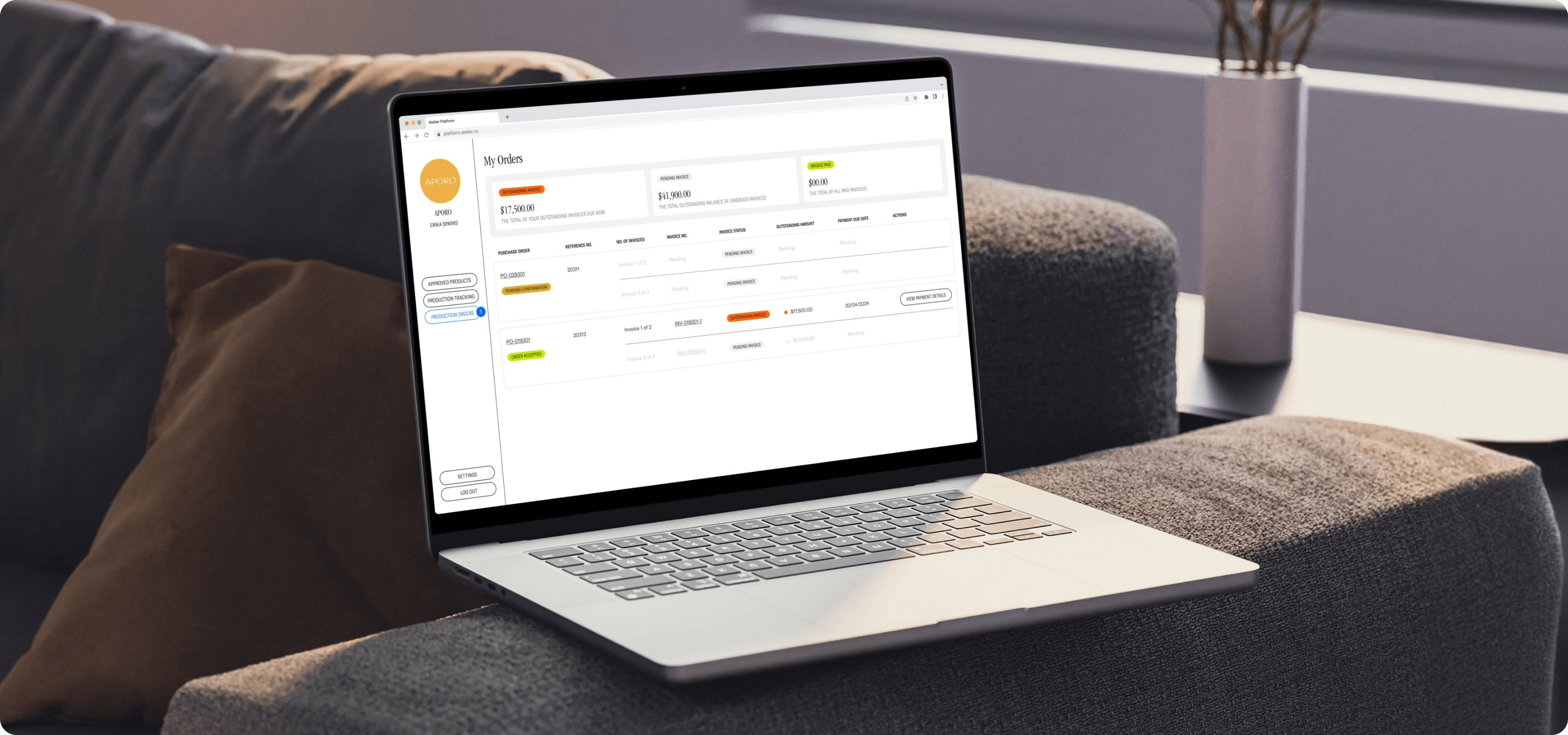
(01)
Project Overview
The Atelier Platform enables customers to easily manage their beauty manufacturing in an all-in one digital tool.
Project Scope
7 month end-to-end design and delivery
Technical Constraints
ERP implementation integration, real-time data synchronisation requirements, database migration
My Role
Product Designer on a team with 3 designers and 8 engineers with no dedicated PM. I led product design end-to-end whilst often managing feature delivery and cross-functional coordination.
I owned features from discovery through to launch. Activities included stakeholder interviews, collaboration with engineering, navigating technical constraints, and validations through user testing.
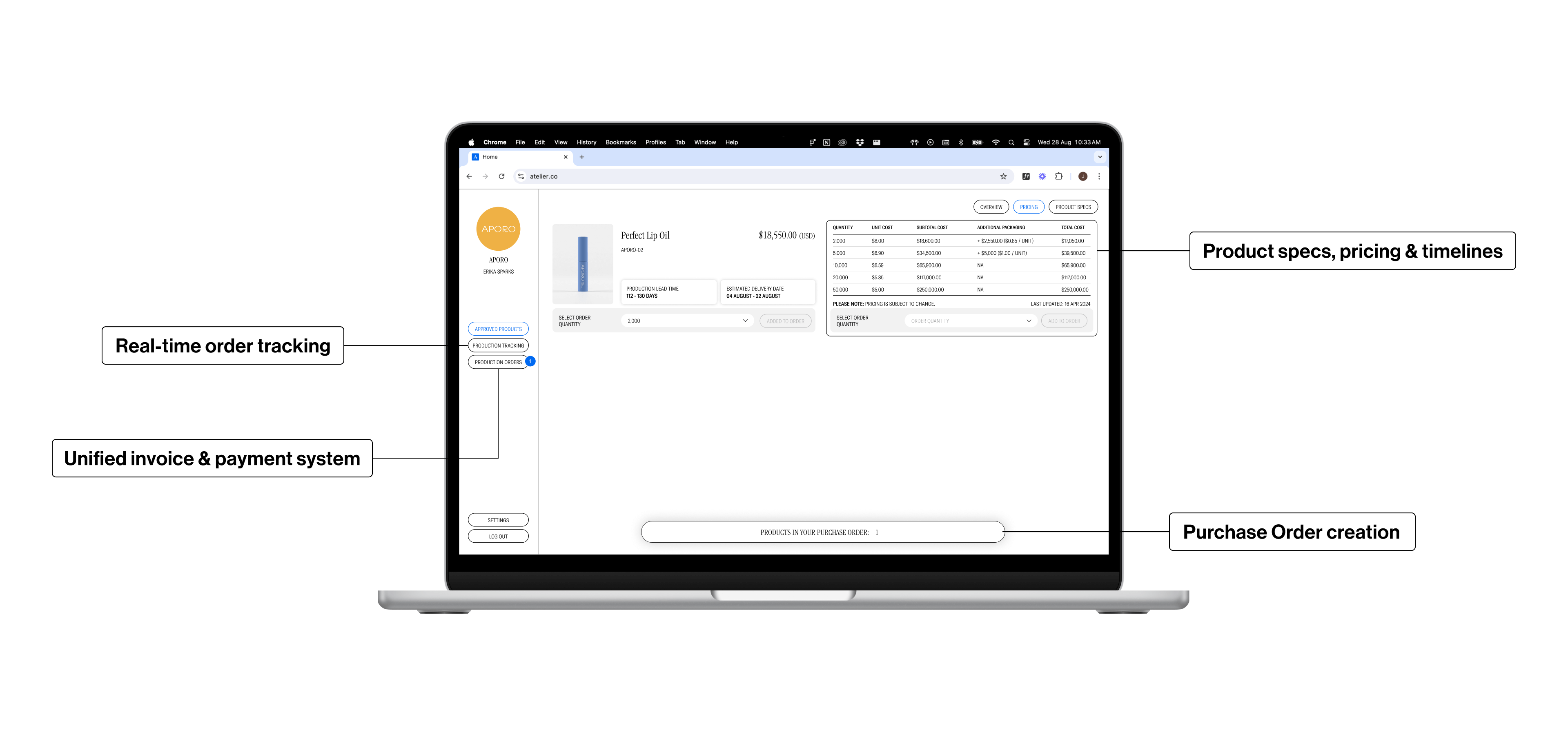
.jpg)
(02)
Challenge
Customers had no direct project visibility, leaving them dependent on account manager responses for basic status updates.
Every status request triggered a multi-team chain reaction that strained resources.
Friction to access project material
Without easy access to specs, pricing, or timelines, customers were unable to confidently make business decisions.
Inability to plan ahead
Inaccurate or outdated timelines impacted customer’s ability to forecast inventory or plan.
No central source of truth
Key information was spread across emails, spreadsheets, and internal storage.
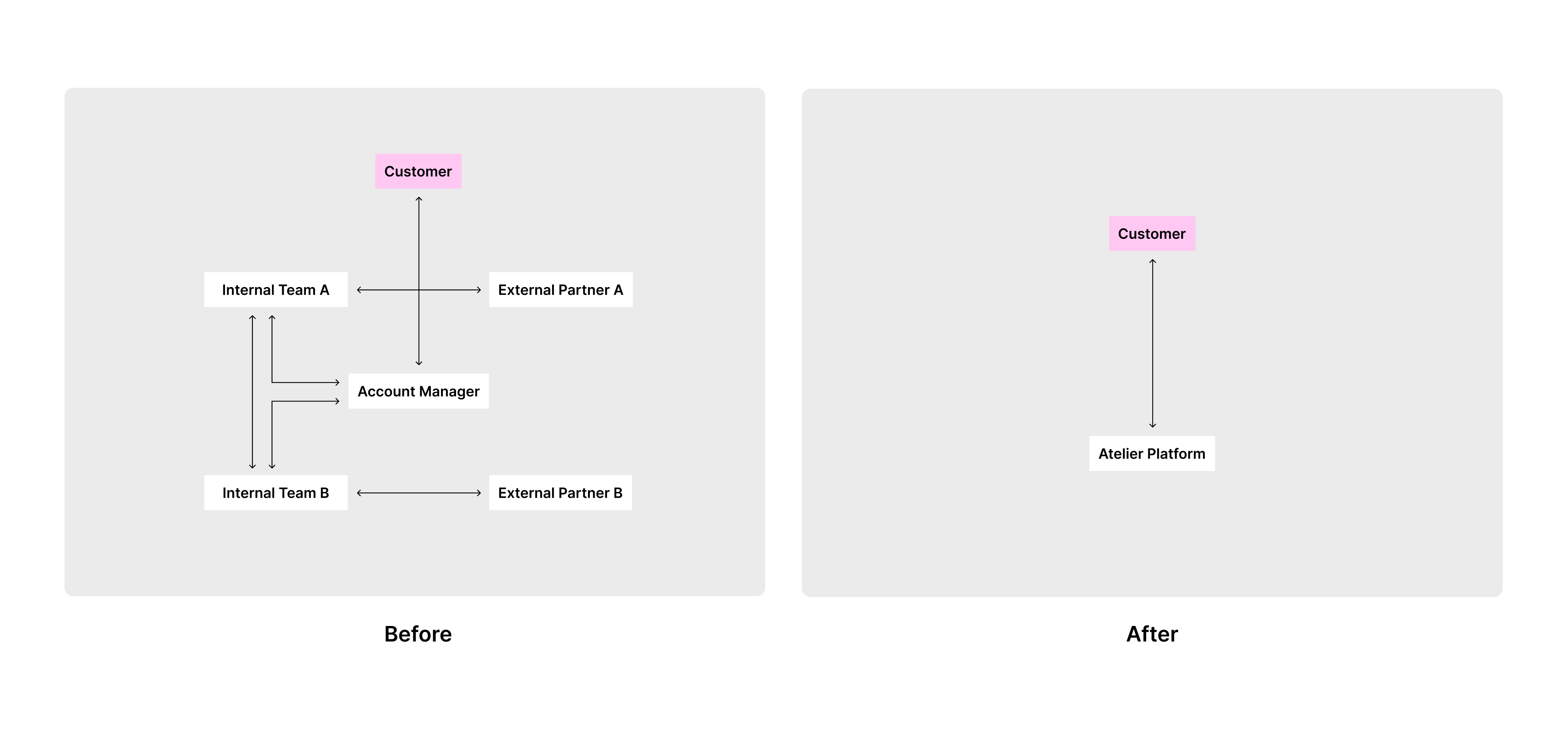
(03)
Early Approach
Transformed ambiguous requirements into actionable product decisions & features
Cross-functional collaboration with engineers and stakeholders
Identified gaps and reduce risk to design for scale
Mapped systems and dependencies
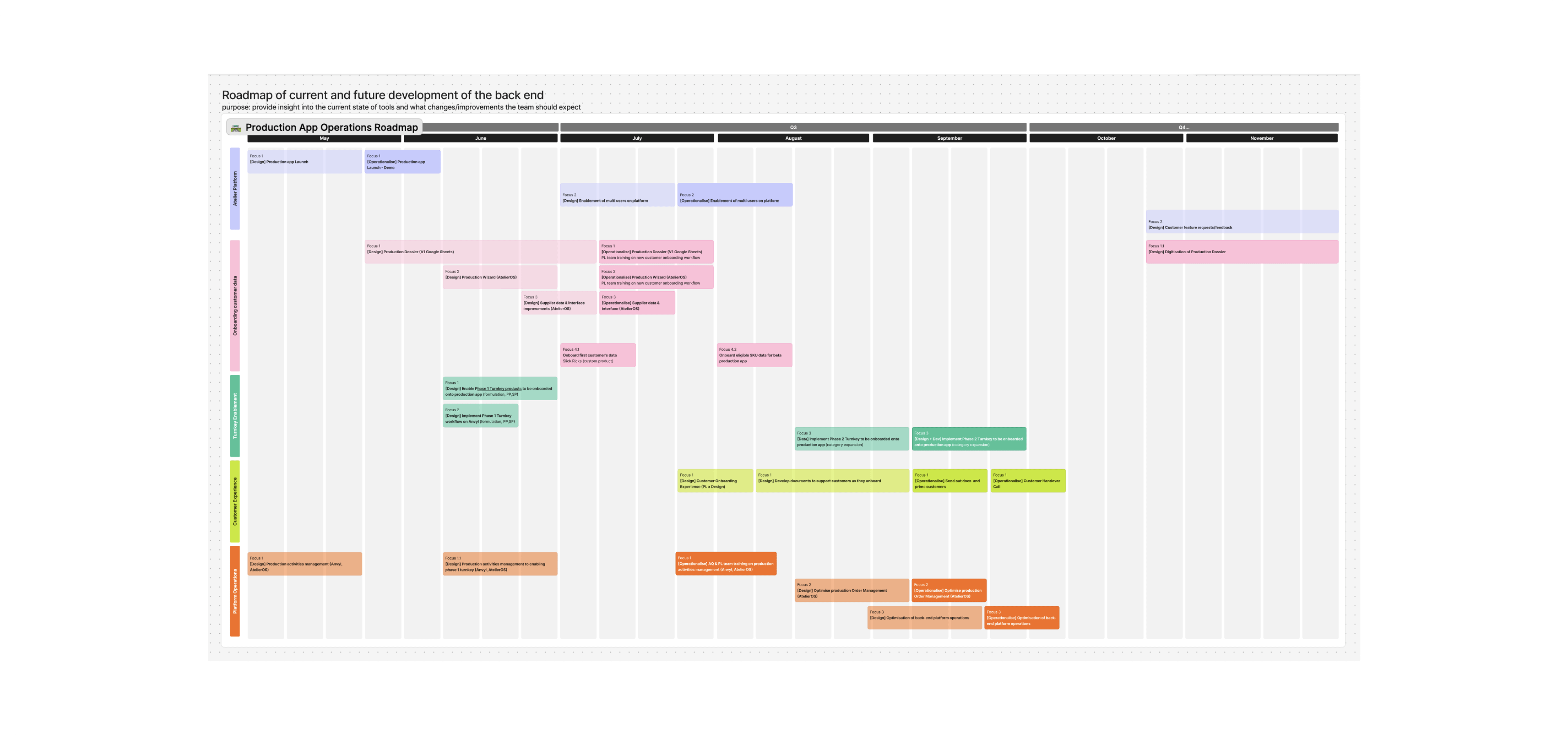
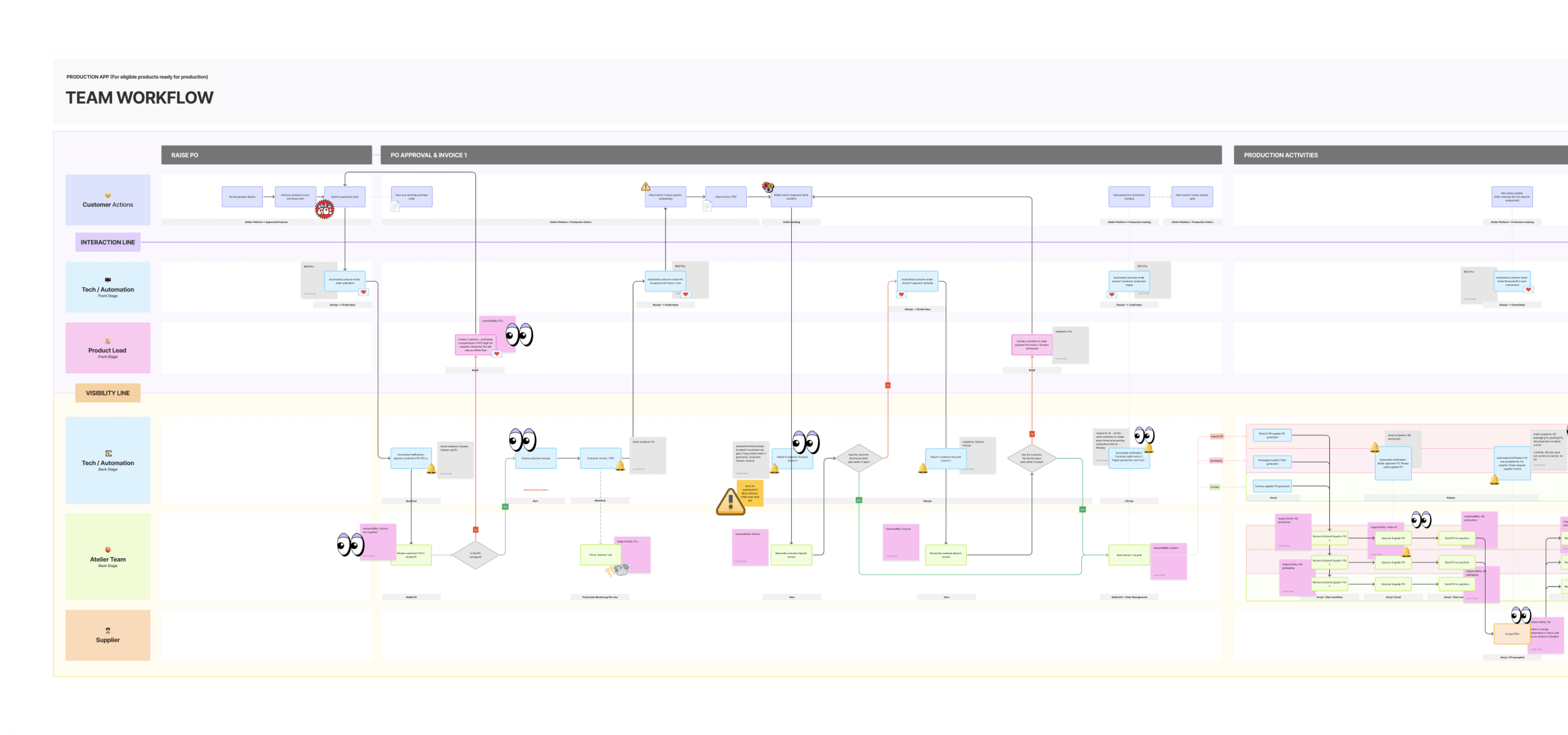
(04)
Prioritisation & Trade-offs
Working within a fast-paced and ambiguous environment often meant we had to prioritise and trade-off in order to keep momentum and speed.

(05)
Key Insights
Insight #1 - Multi-user feature was prioritised for development to be released post-beta
Internal user testing of the end-to-end flow validated that core product met MVP but was missing the key functionality of servicing enterprise teams.
Insight #2 - 100% completion rates with users successfully navigating core features with minimal guidance
Conducted moderated remote sessions with 3x enterprise customers using think-aloud methods to test core user flows including purchase order creation and timeline tracking
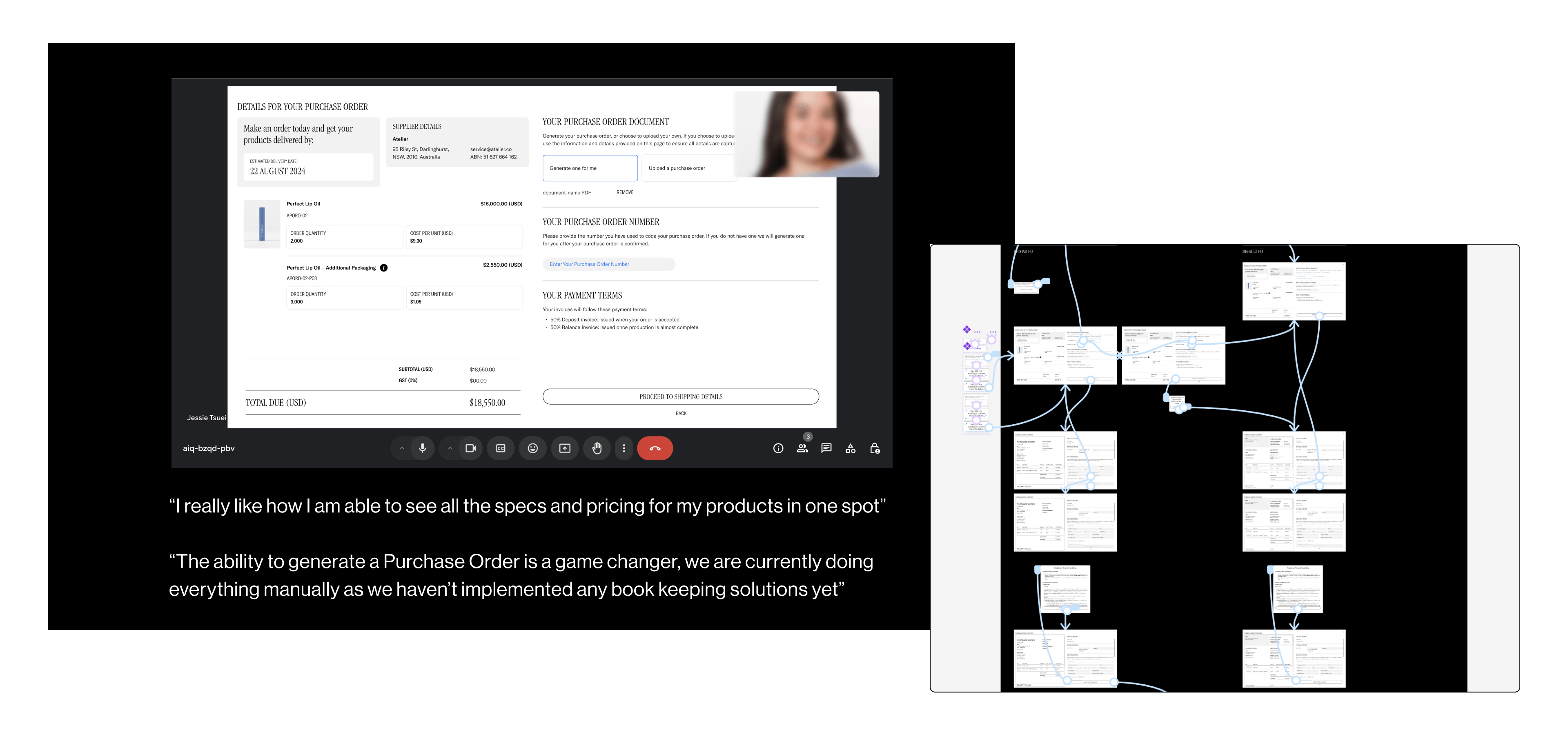
(06)
Mistake & Learning
Designed an onboarding flow assuming users needed guidance, but our new segment had enough industry knowledge to jump straight into the platform.
I now validate needs by segment rather than assuming solutions from previous projects will work for different users.
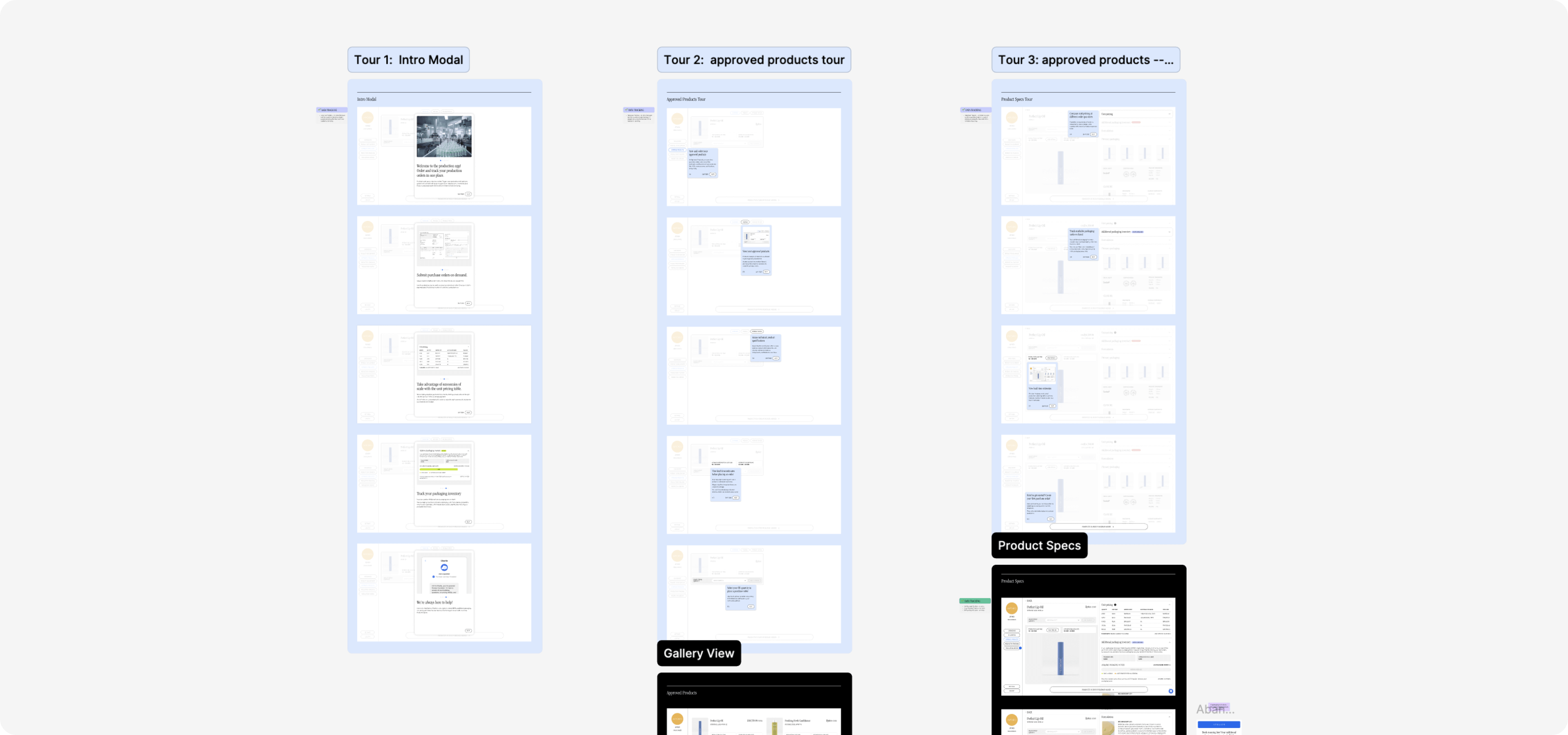
(07)
Design Impact & Strategic Outcomes
Significantly reduced account manager workload through workflow automation
Eliminated project status bottlenecks that previously caused up to 2 weeks delays
Increased internal team efficiency by consolidating previously scattered project information
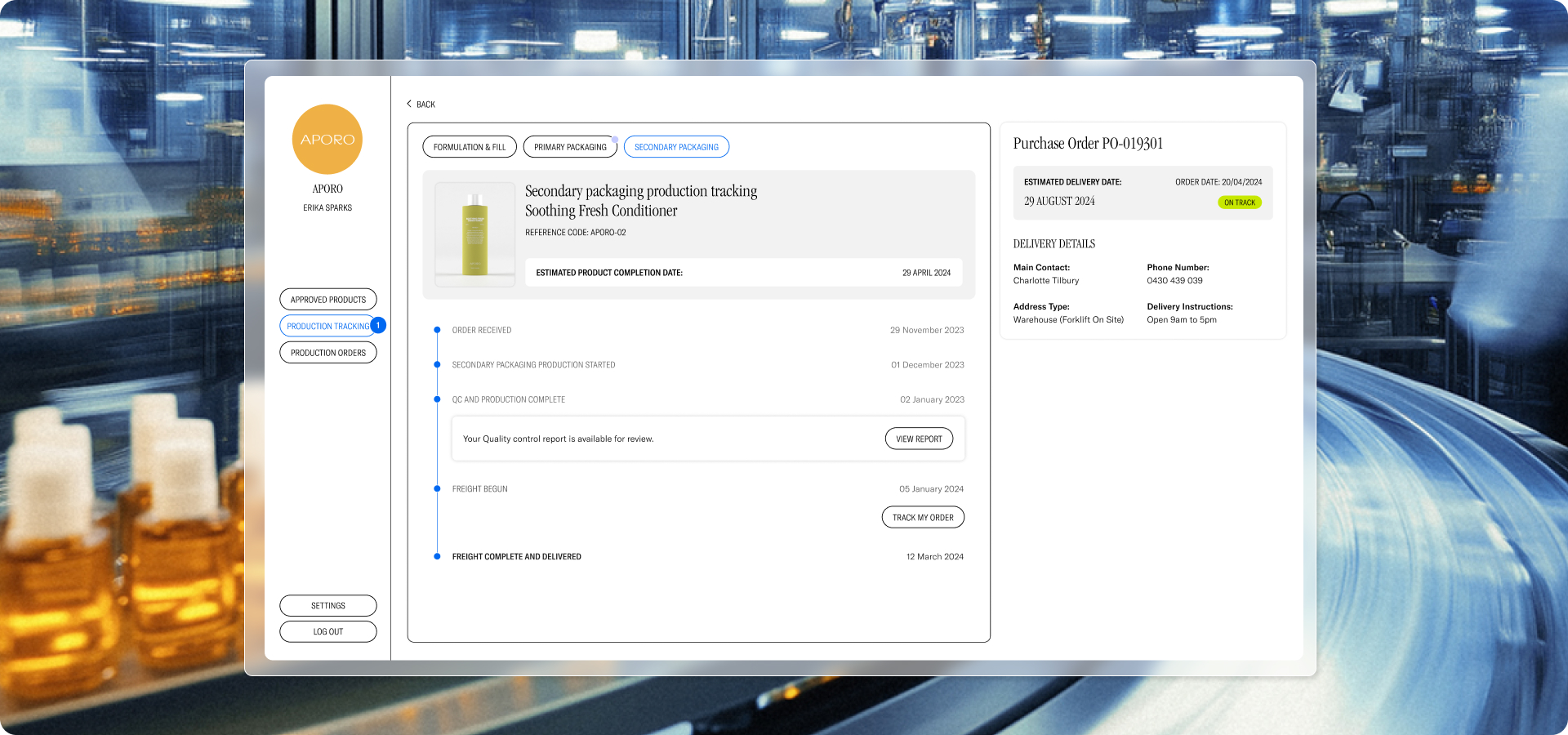
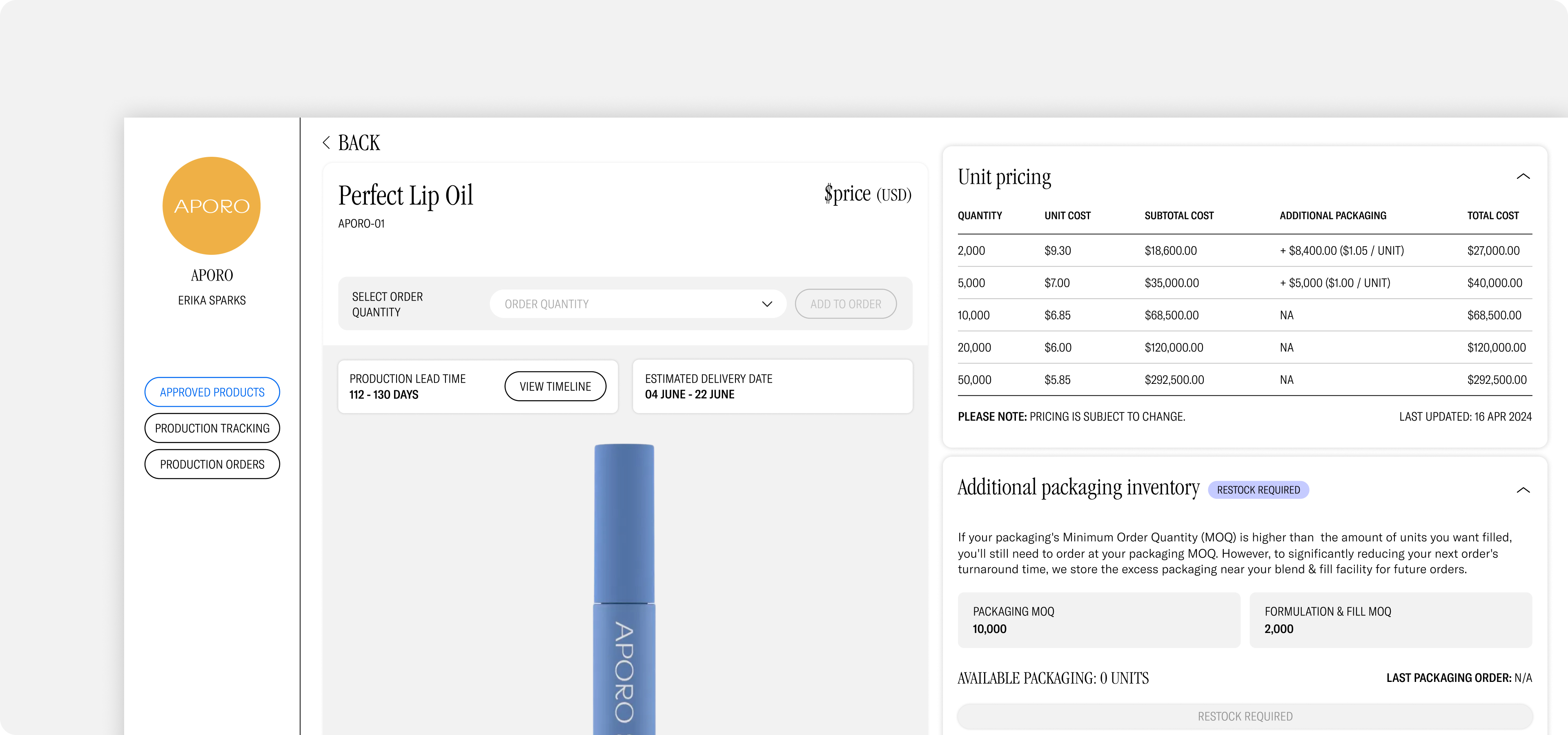

Scaffold
Exploring trustworthy AI design: Applying principles to stakeholder synthesis